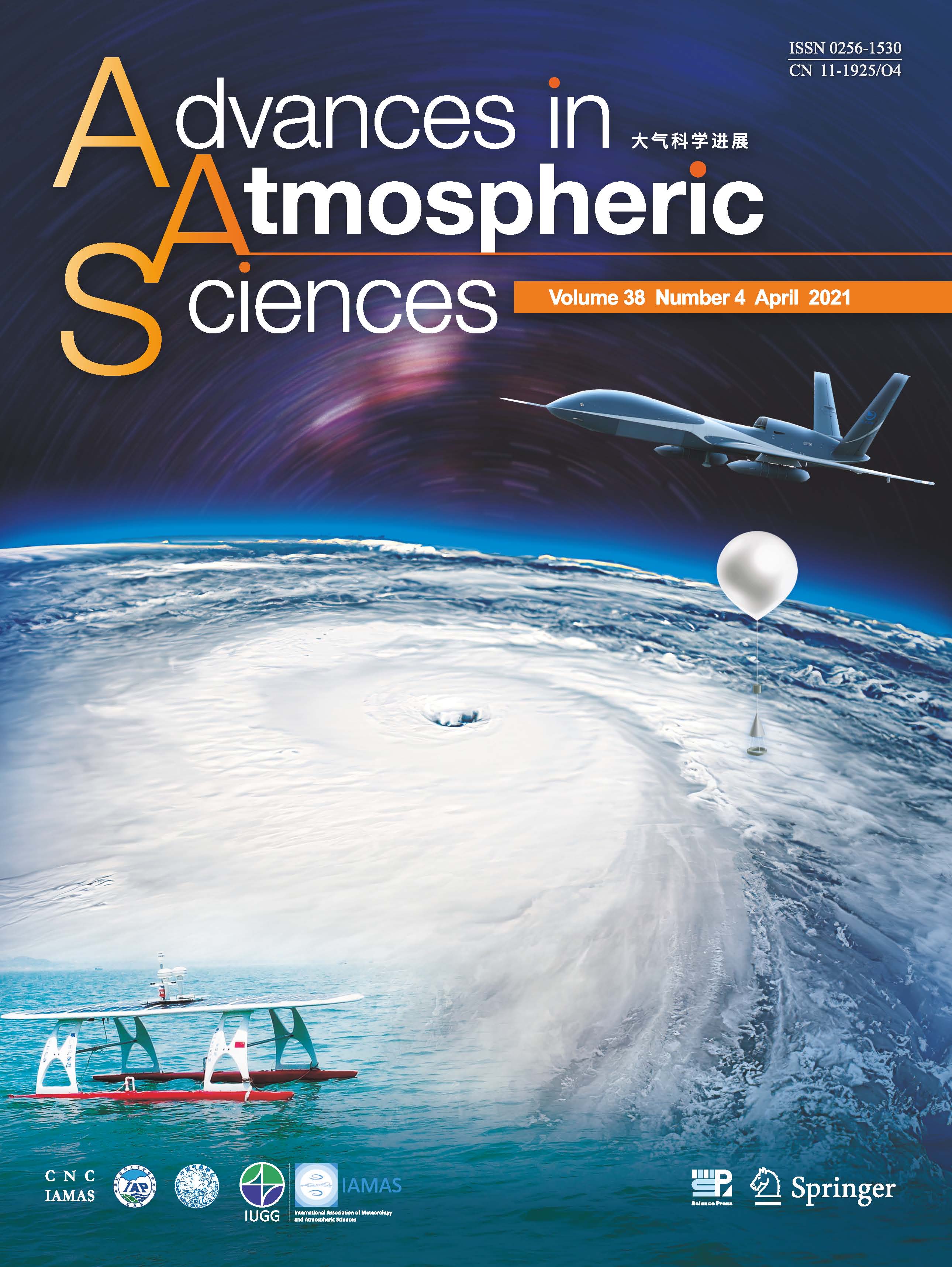
Tropical cyclones - known as typhoons in the Pacific and hurricanes in the Atlantic - are fierce, complex storm systems.
For decades, scientists have studied each storm, yet unable to fully measure every intricate variable. Now, the convergence of new observational tools and the launch of an inclusive database may elucidate the inner workings of tropical cyclones in the Western North Pacific and South China Sea.
Three papers were published in Advances in Atmospheric Science. One paper, led by the Chinese Meteorological Administration (CMA), focuses on a new tropical cyclone database; the other two, led by The Petrel Meteorological Observation Experiment Project (Petrel Project) of CMA, and the Institute of Atmospheric Physics of the Chinese Academy of Sciences respectively, reports an extensive marine observing experiment based on unmanned vehicles.
"The improvement of tropical cyclones prediction accuracy depends not only on the understanding of tropical cyclone dynamics but also on the accuracy of tropical cyclone location and intensity estimations, which is the basis of operational tropical cyclone prediction and research," said LU Xiaoqin from CMA, the first author on the CMA tropical cyclone database paper.
With eight separate datasets, including one compiled by the CMA with measurements dating to 1949, the database comprises historical or real-time locations, intensity, dynamic and thermal structures, wind strengths, precipitation amounts, frequency and more, according to LU.
"The CMA tropical cyclone database is the only multi-source, multi-timescale, multi-spatial-scale comprehensive tropical cyclone database that covers the western North Pacific," LU said. "This database can provide basic scientific support for tropical cyclone research, forecasts and disaster reduction planning."
Tropical cyclone datasets from multiple sources were previously compiled as resources for forecasters and researchers in 2017, and 2019. These resources have played an important role in revealing tropical cyclone climatic rules in the western north Pacific and the South China Sea, allowing researcher to search for impact factors with physical significance and finally establish an operational prediction scheme.
The first three-dimensional observational data of a tropical cyclone system was obtained by multiple unmanned vehicles in an experiment conducted by 12 institutions under the Petrel Project.
A high-altitude large unmanned aerial vehicle (UAV) outfitted with measurement tools flew over Typhoon Sinlaku, a storm system that began at the end of July 2020 and dissipated on Aug. 3. At the same time, a solar-powered marine unmanned surface vehicle (USV) developed by the Institute of Atmospheric Physics actively navigated itself to the eye of the storm. The voyage of the USV is detailed in one of the three papers. Two buoys also took observational data during the storm.
"The data contain measurements of 21 oceanic and meteorological parameters acquired by the five devices, along with video footage from the UAV," said ZHANG Xuefen from CMA and first author of the Petrel Project paper. "The data have been proved very helpful in determining the actual location and intensity of Typhoon Sinlaku. The experiment demonstrates the feasibility of using a high-altitude, large UAV to fill in the gaps between operational meteorological observations of marine areas and typhoons near China, and it marks a milestone for the use of such data for analyzing the structure and impact of a typhoon in the South China Sea."

The first three-dimensional observational data of a tropical cyclone system were obtained by multiple unmanned vehicles in an experiment conducted by 12 institutions under Petrel Project. A high-altitude large unmanned aerial vehicle outfitted with measurement tools flew over Typhoon Sinlaku. (Image by AAS)
The improved ability to take detailed, real-time observational data will help researchers understand how tropical cyclones form and develop, according to ZHANG.
ZHANG plans to continue conducting comprehensive tropical cyclone observations and use the data to develop an operation system to better understand and predict the storms, and LU plans to expand and enrich the multi-source database with more field experiments and new equipment to explore the finer details of tropical cyclone structure and operation. The ultimate goal of their projects is to better understand tropical cyclones in order to help mitigate and reduce disasters.

86-10-68597521 (day)
86-10-68597289 (night)

52 Sanlihe Rd., Xicheng District,
Beijing, China (100864)

